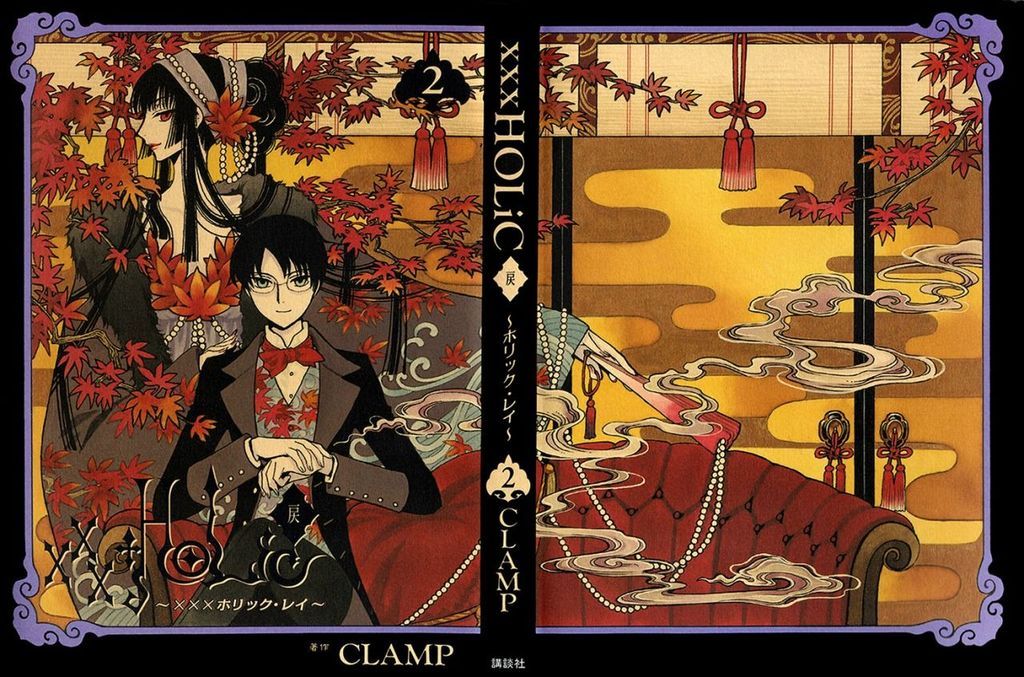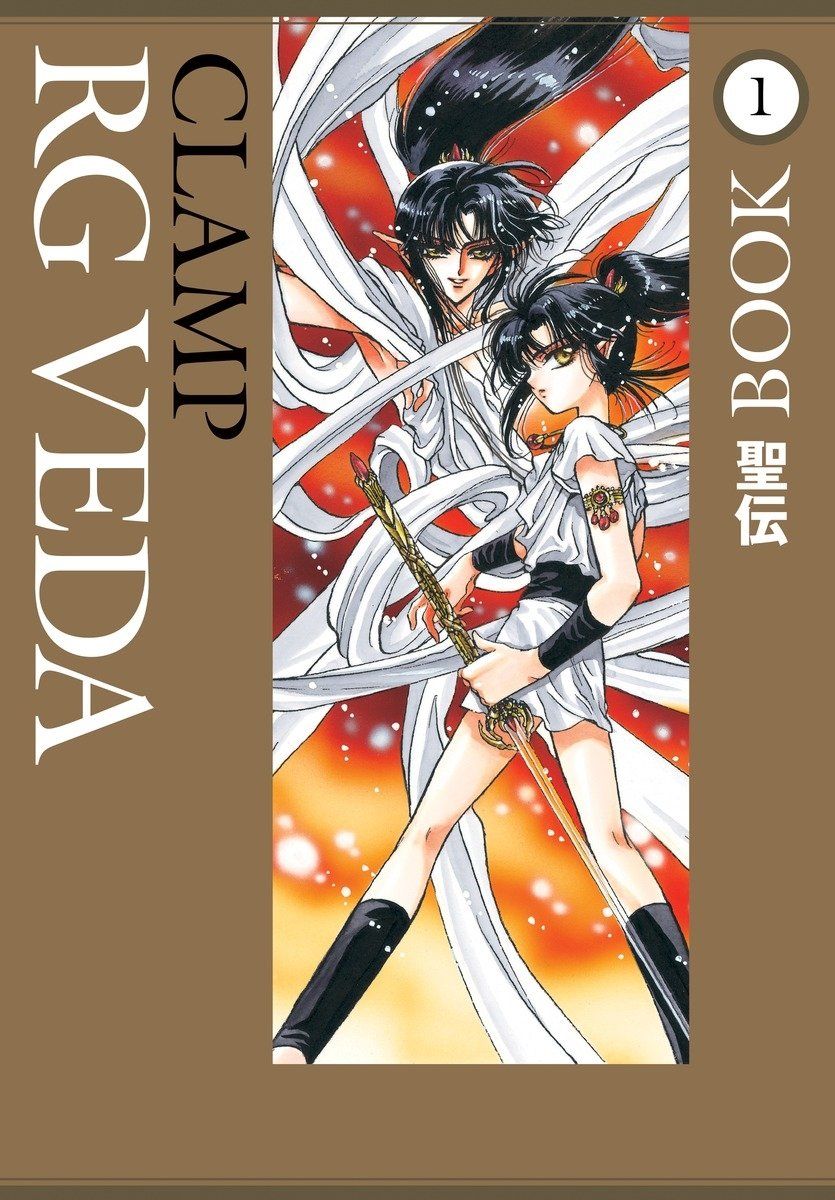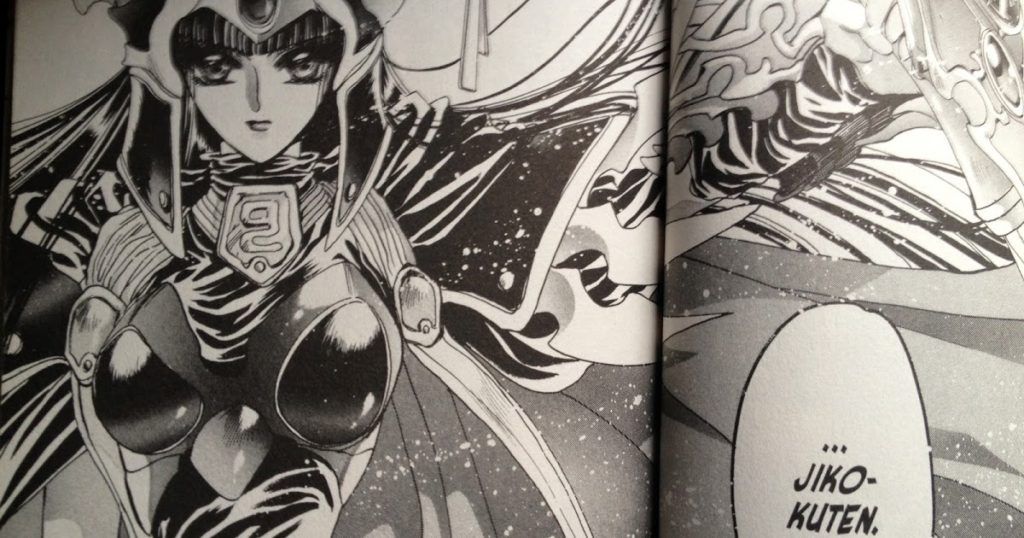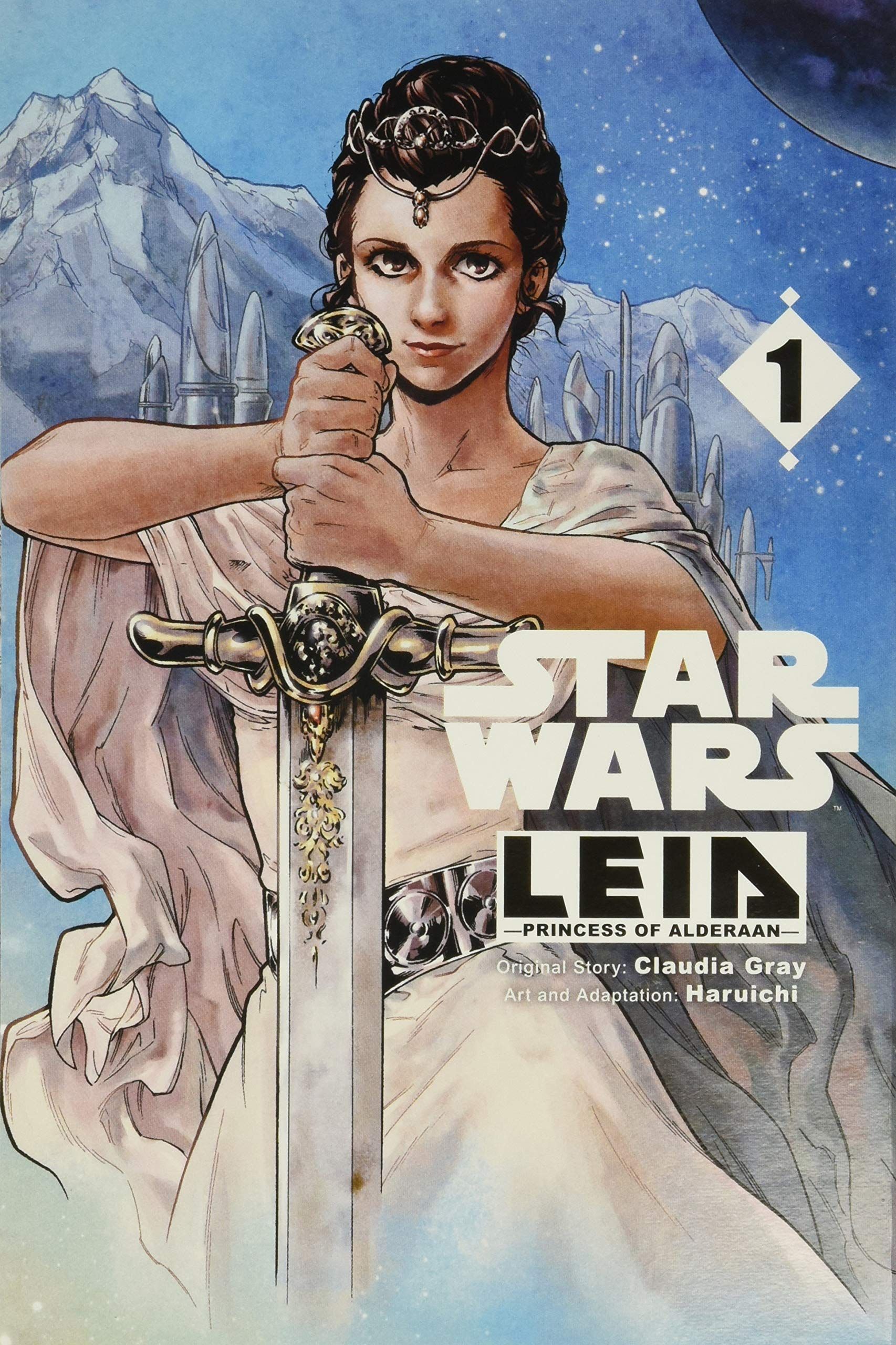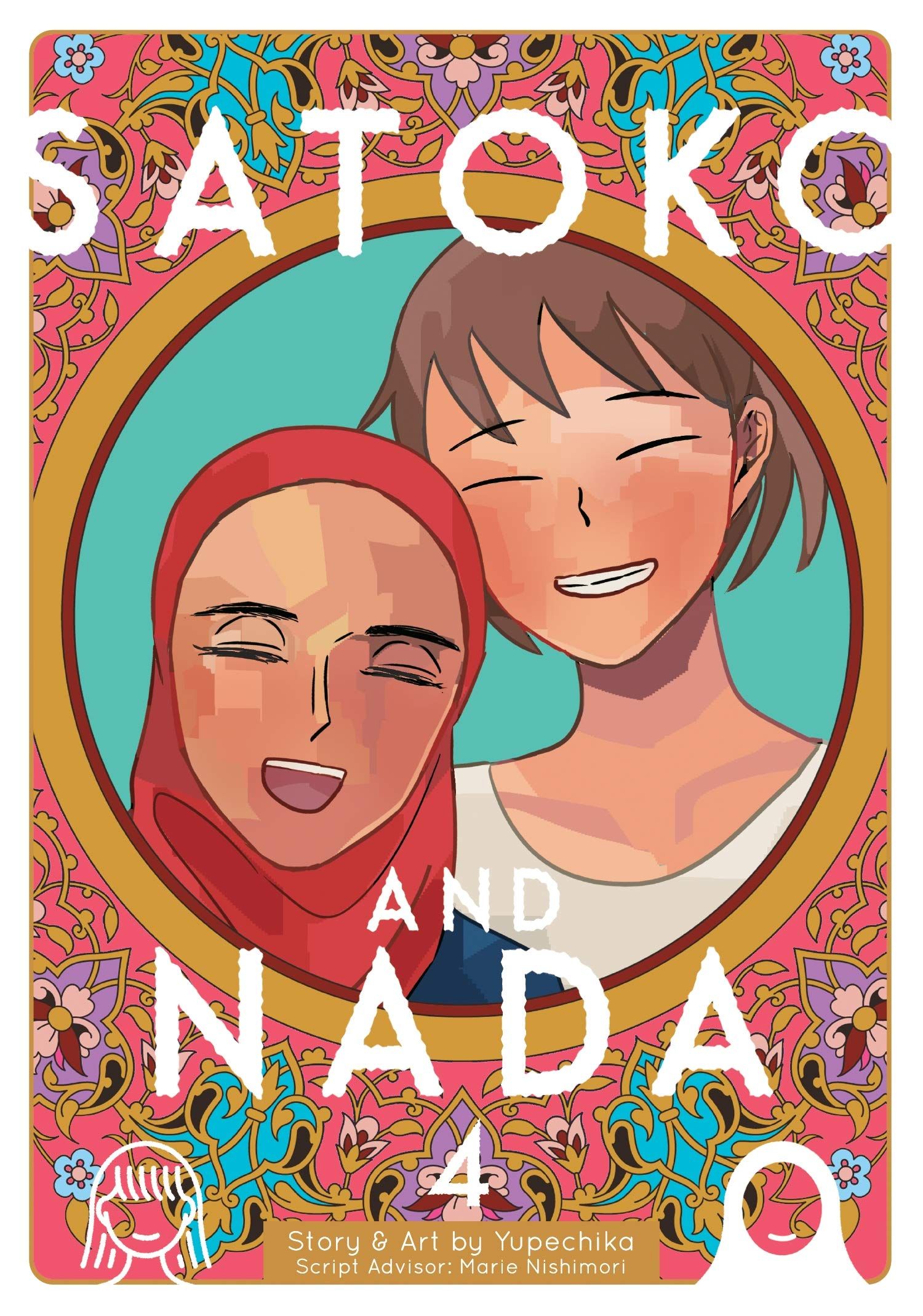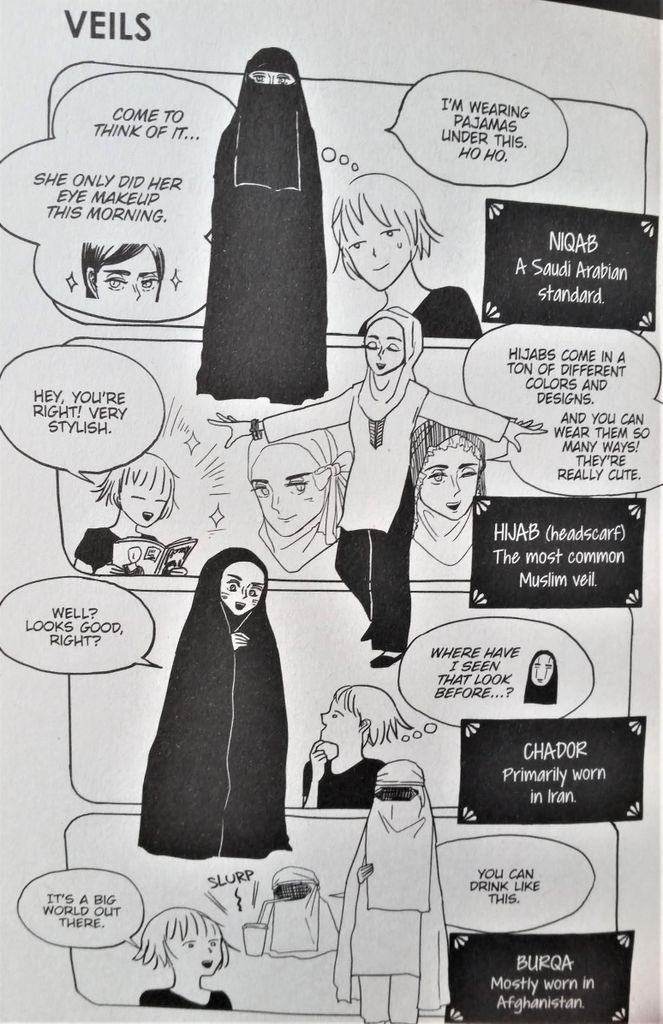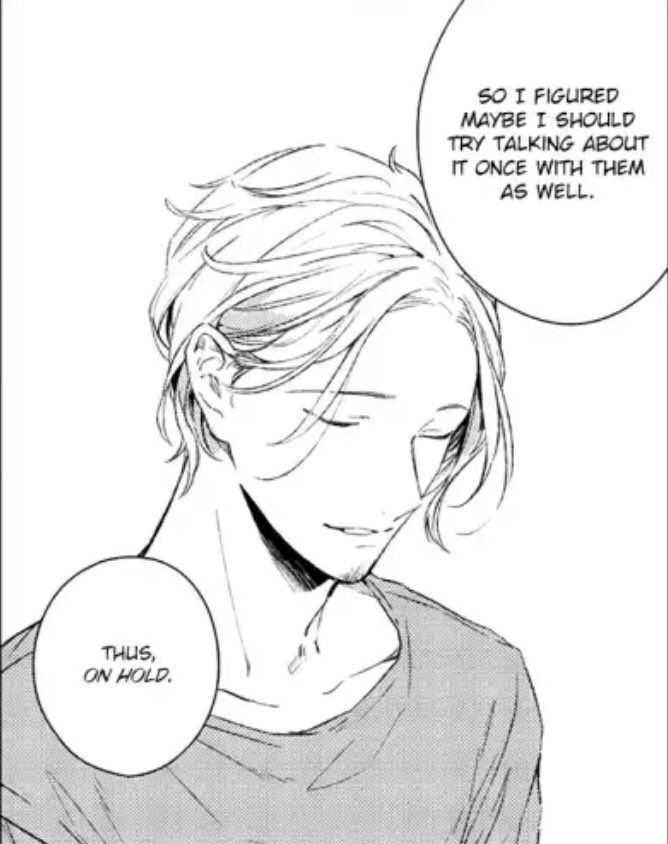I’m not complaining, though. The whole point of comics is the integration of word and image, and if we’re going to read with art, the art may as well be engaging. And if you’re looking for some engaging visuals to lose yourself in while you absorb the story, I have some people I think you might enjoy meeting.
Most Fashionable: Yûko
Best Armor: Pretty Much Anyone Who Wears Armor in RG Veda
Best Regalia: Leia Organa
Best Everyday: It’s a Tie Between Nada…
Best Everyday: …and Haruki
Do you have any favorite comic or manga outfits? Anyone you’ve been dying to cosplay because you just love their style so much? Who did I miss? Any other categories you’d like to see in the sartorial rankings? Let us know on Twitter @BookRiot.
When Yûko dies (spoiler I know, but y’all, the end of this manga is over ten years old), her apprentice Watanuki inherits not only her magical shop but also her wardrobe, which he begins to wear without much comment or conscious thought. And while Japanese gender norms aren’t, and haven’t ever been, the same as those here in the west, Watanuki’s choice is still pretty remarkable in the age of frat boy comedies and Adam Sandler.
Oddly, boots and other footwear seem optional, and no one wears a helmet, which…I mean, I suppose there’s only so extra you can get…
It is for sure too much but it’s too much in such a confident and absolute way that it’s beautiful and weird and joyful and unique.
I must stan.
The gowns (they weren’t all white and you should see the matching gloves and cloaks — Lando would have been wildly jealous). The sacred sword. The tiaras. The belts. The shoes. The boots. No wonder Leia was never afraid to get dirty…there was always something else fabulous for her to wear.
In the films, we don’t have much opportunity to see Breha, and for good reason: her job was ruling Alderaan and tending to the Rebellion there while her husband represented Alderaan in the Senate and the Rebellion where he was needed (Organa is actually Breha’s last name; Bail was the one who married up). Claudia Gray’s Leia Princess of Alderaan gave us the opportunity to see her interactions with her daughter, but the manga adaptation gives us the chance to see them together. And the chance to see how Leia, later in her life, did homage to her mother in what she chose to wear and how she wore it.
Satoko and Nada does a wonderful job of approaching traditional Muslim dress from Nada’s perspective of pride and comfort while allowing Satoko to ask questions, respectfully, that many non-Muslims have about niquab, chador, hijab, and burqa. I also love that, like Persepolis, the manga gives readers a peek into the self-expression women find both in harmony with traditional dress and in their own spaces.
Yes, he cut it, but Haruki will always be my sweet, ponytail son.

